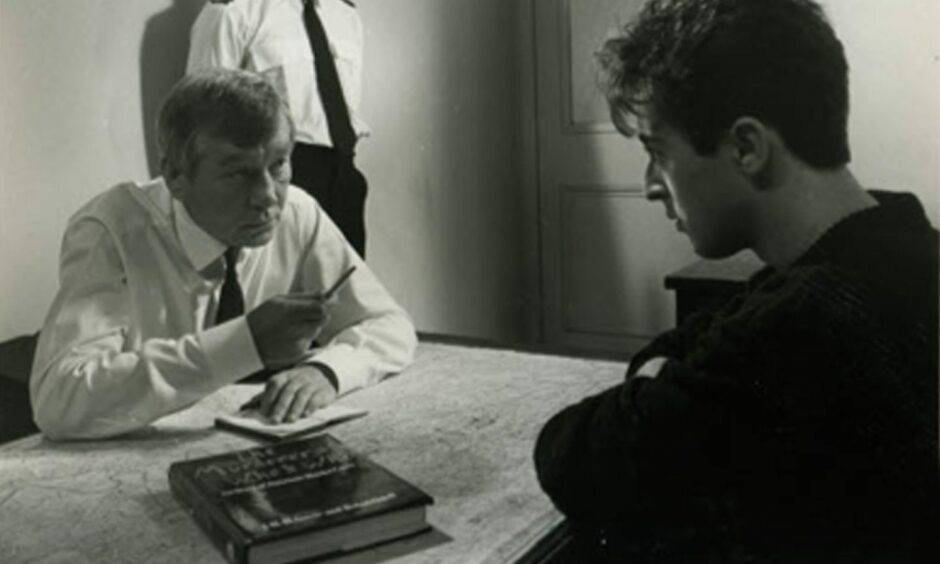
Taggart first hit our TV screens as a one-off whodunnit 40 years ago and proved such a huge success it kept viewers guessing for the next 28.
Taggart, a hard-bitten, experienced detective who had worked his way through the ranks, was supported by DS Peter Livingstone, played by Neil Duncan.
The inaugural episode was screened on September 6 1983, scripted by an unknown Edinburgh writer called Glenn Chandler.
It wasn’t called Taggart then; the three-part show was known as Killer.
Chandler had never written anything as long as Taggart before, or even attempted a whodunnit, and found the name Taggart on a tombstone in Maryhill Cemetery.
Tales from beyond the grave in Killer
In fact, he found all the character names on tombstones there, including the morbidly jolly Dr Stephen Andrews who was played by Robert Robertson from St Andrews.
Robertson was artistic director of Dundee Rep at the time and had been one of the driving forces in the company’s move to a purpose-built theatre at Tay Square in 1982.
The actor became a firm favourite with Rep-goers from his first performance in Hector McMillan’s The Rising in 1973 and went on to enhance his reputation in such roles as Willy Loman in Death of a Salesman, and Frank in Educating Rita, before concentrating increasingly on directing.
Robertson was firmly back in the spotlight in September 1983.
Some 7.6 million viewers watched the jocose manner of Robertson’s pipe-smoking pathologist contrasting brilliantly with the gruff surliness of McManus’s Taggart.
Killer won a Scottish Bafta and was commissioned for a full series, and hastily renamed after its main character.
But the show was so much more than its: “There’s been a murder!” catchphrase
From its brooding opening credits showing the Glasgow skyline and Maggie Bell’s No Mean City theme tune, the series provided a visual history of the changes the ever-evolving city was experiencing and garnered audiences of up to 18.3m.
Alan Cumming ‘so excited’ to star in Taggart
Taggart became known for its bizarre plots and gruesome murders and provided a career springboard for Scottish acting talent including Perthshire-born Alan Cumming.
He grew up in Angus and more or less fell into acting by accident after his interest in performing was encouraged by his English teacher Ella Law at Carnoustie High School.
He joined the theatre club and music society in Carnoustie — and the rest is history.
And what a history.
He made his TV debut in Taggart in September 1986’s Death Call, when the wife of a wealthy Glaswegian landowner is found weighed down with luggage in a reservoir.
Cumming said: “I played Jamie, a boy who works in a chemist’s shop who is wrongfully suspected of murder.
“I was so excited when I got this part.
“It was the first time I had done any real acting on TV, and it was the beginning of quite a run of shows I did for Scottish television.
“I remember finding it really hard to play a young Scottish boy because I’d just come out of drama school and had never played any character in my own voice.
“The thing about being the chief suspect in a Taggart in those days was that everyone knew you couldn’t really be the murderer because you were being focused on too much and given too much screen time.”
The 1986 episode was watched by 50% of households in Scotland and reached eighth place in the British audience ratings — two places above Dempsey and Makepeace.
Cumming never looked back.
Taggart was paired with a new partner in 1987.
James MacPherson, already appearing as Detective Sergeant Michael Jardine, was moved into a more prominent role.
Taggart became as synonymous with Glasgow as Inspector Morse is with Oxford, its overseas sales increasing with every new episode and series.
Its success was helped by the great camaraderie on set.
Cast and crew were friends and Chandler would present Taggart producer Robert Love with a new script over dinner in a restaurant rather than at formal meetings.
Dougray Scott landed in Nest of Vipers
In 1990, Blythe Duff was introduced as DC Jackie Reid.
She, too, was originally just a guest star but impressed and was offered a full-time role.
Dougray Scott suffered for his art when he kicked off his acting career in one of Taggart’s scarier episodes in 1992, in which deadly snakes were the murder weapon.
Scott was brought up in Glenrothes and studied drama at Fife College of Technology before playing zookeeper Colin Murphy in the three-part Nest of Vipers.
Scott said: “Mark McManus (who was a former boxer) punched me for real, because he thought it would be great for the film.
“He caught me and floored me.
“I had a great time!”
Taggart left the mean streets of Maryhill to open the Odeon at Dundee’s Stack Leisure Park in June 1993.
Sadly, it was one of McManus’s final public appearances.
The actor had been ill for several years.
When he died in 1994 many people assumed it would be the end of the show but McManus had hoped the series would continue without him.
Producers agreed and Michael Jardine was promoted to DCI.
Twelve and a half million people watched the first episode of the three-part A Prayer for the Dead in 1995, which was McManus’s final bow as the gritty detective.
Chandler then wrote the episode dealing with Taggart’s death — Black Orchid — which featured the first appearance of Colin McCredie, whose career started at Perth Theatre.
McCredie should have performed with McManus.
It was a sliding doors moment but with a sadder ending.
He said: “Sadly, I never got to do any scenes with Mark McManus — he became ill and died just as we were about to film together.
“But I have been lucky enough to work with some of my childhood idols, including Barbara Dickson, Julian Glover and John Duttine.”
St Johnstone fan McCredie, who played DC Stuart Fraser, was joined three years years later by streetwise womaniser DI Robbie Ross who was played by John Michie.
Chandler, who wrote the first 16 episodes then one per series thereafter, then decided to leave Taggart in 1998 when executive producer Robert Love left the channel.
Real-life tragedy struck in January 2001.
Robertson, who was still playing Dr Stephen Andrews, died of a heart attack while reading a Robert Burns poem on stage during a performance at Perth Theatre.
The former Dundee Rep director had a history of heart trouble and previously suffered a heart attack in 1993 at his home in the Blackness area of the city.
At the time he was the longest-serving member of the cast.
There was further tragedy — this time on-screen.
MacPherson decided to hand in his warrant card in 2002, after 15 years’ service, and Mike Jardine was dramatically killed off in 2002’s Death Trap; knocked out by a vengeful lowlife and thrown into the River Clyde to drown.
The new boss of Maryhill CID was bad-tempered DCI Matt Burke, brought to life by actor Alex Norton, who was as tough and gritty (almost) as Taggart.
The viewing figures had gone down at the time.
So Taggart was transformed from its-then regular format of self-contained, two-hour stories, to a one-hour series and the figures went back up again, to 6.3 million viewers.
Norton spent eight years in the role but the clock was ticking.
Taggart was eventually axed after 110 episodes in 2011 amidst poor ratings, but without a final episode to give the characters we grew to love an appropriate send off.
It was gone but certainly not forgotten.
That it survived 17 years after McManus died was a testament to its huge success.
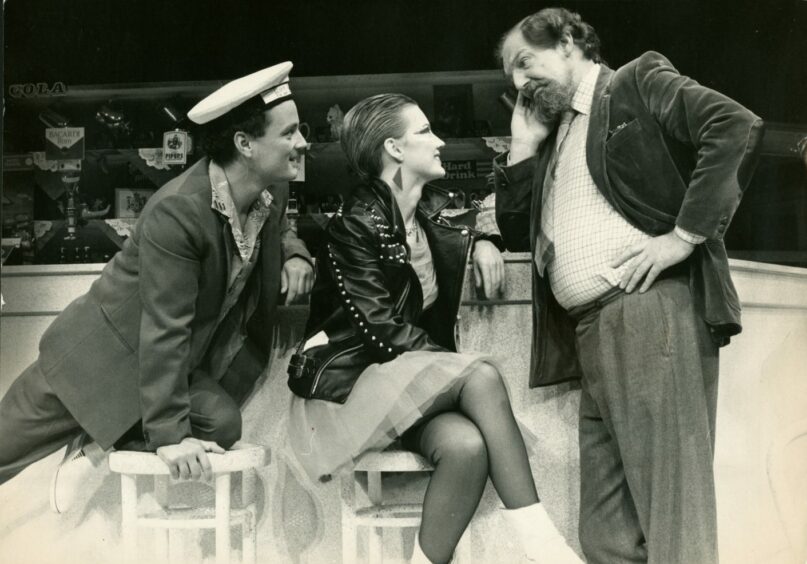
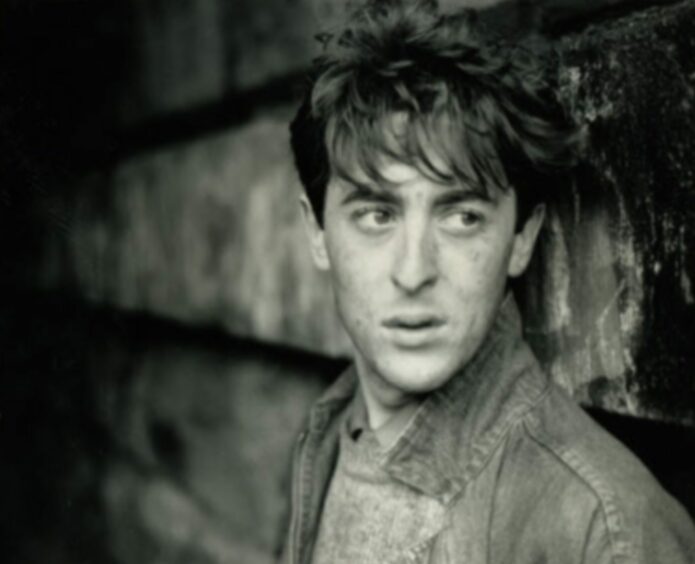
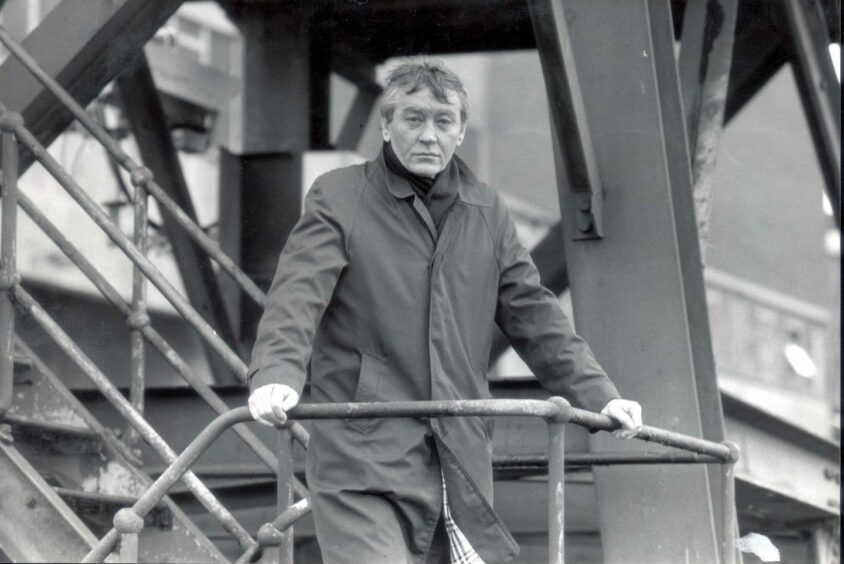
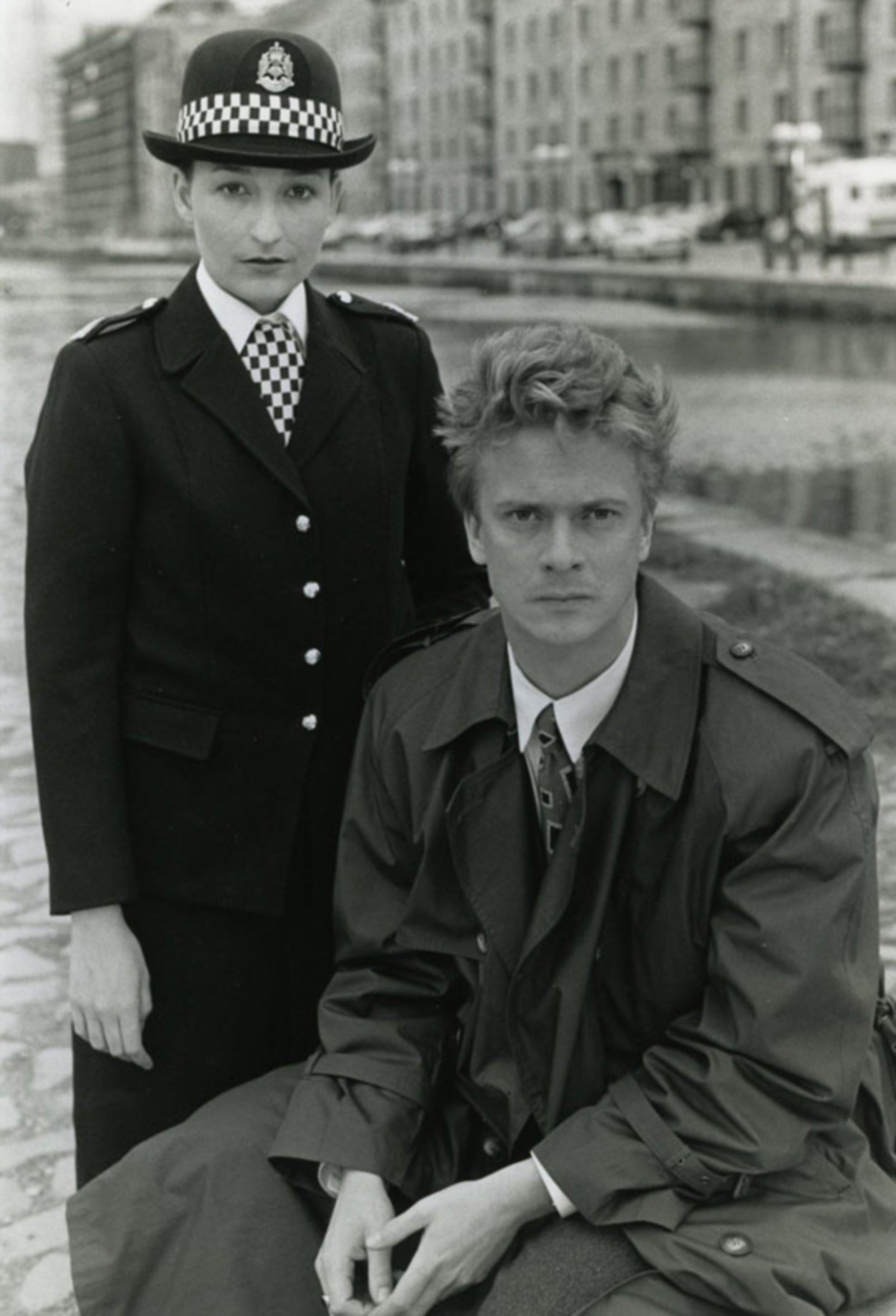
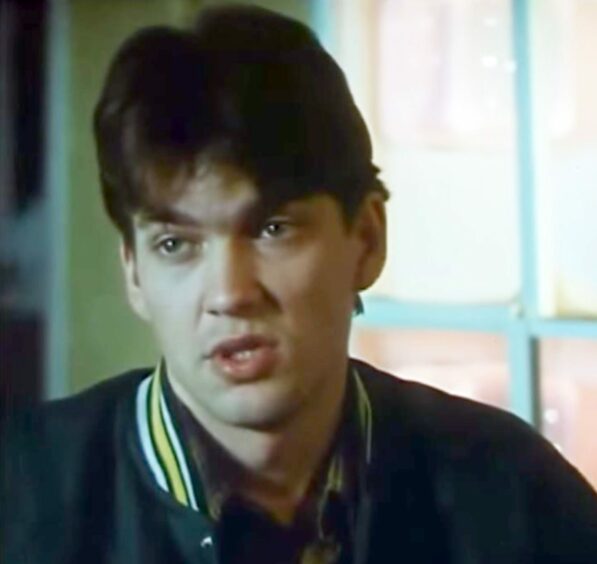
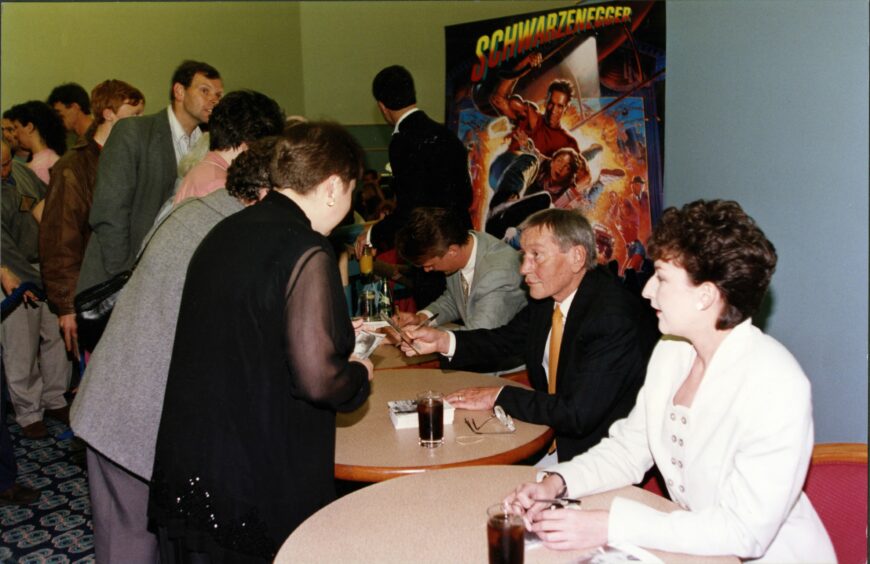
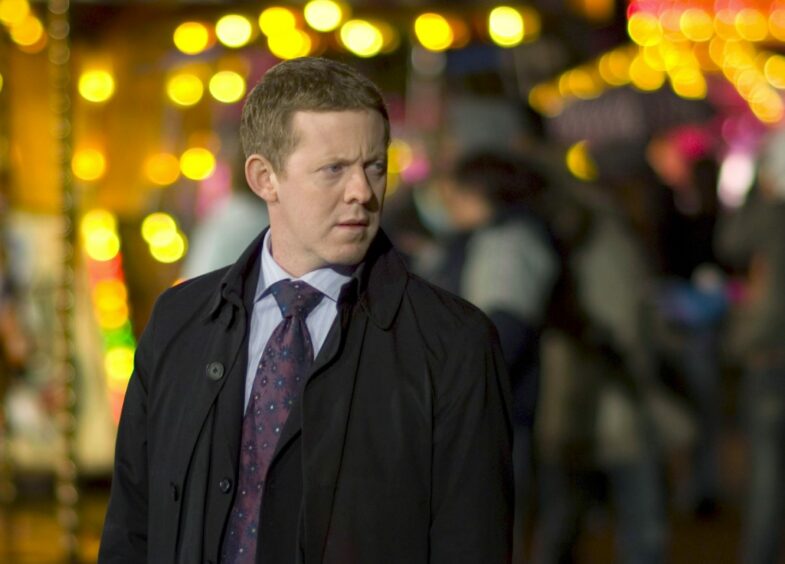
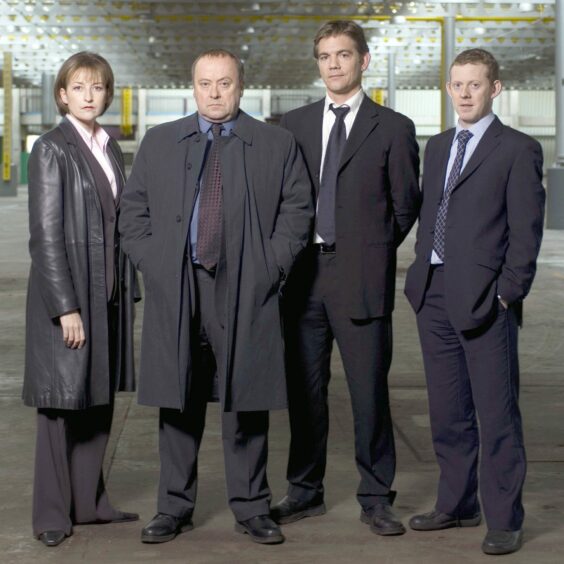










Conversation